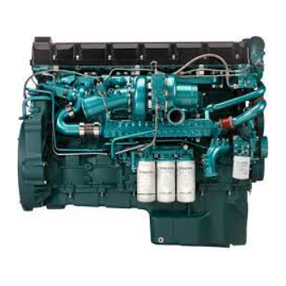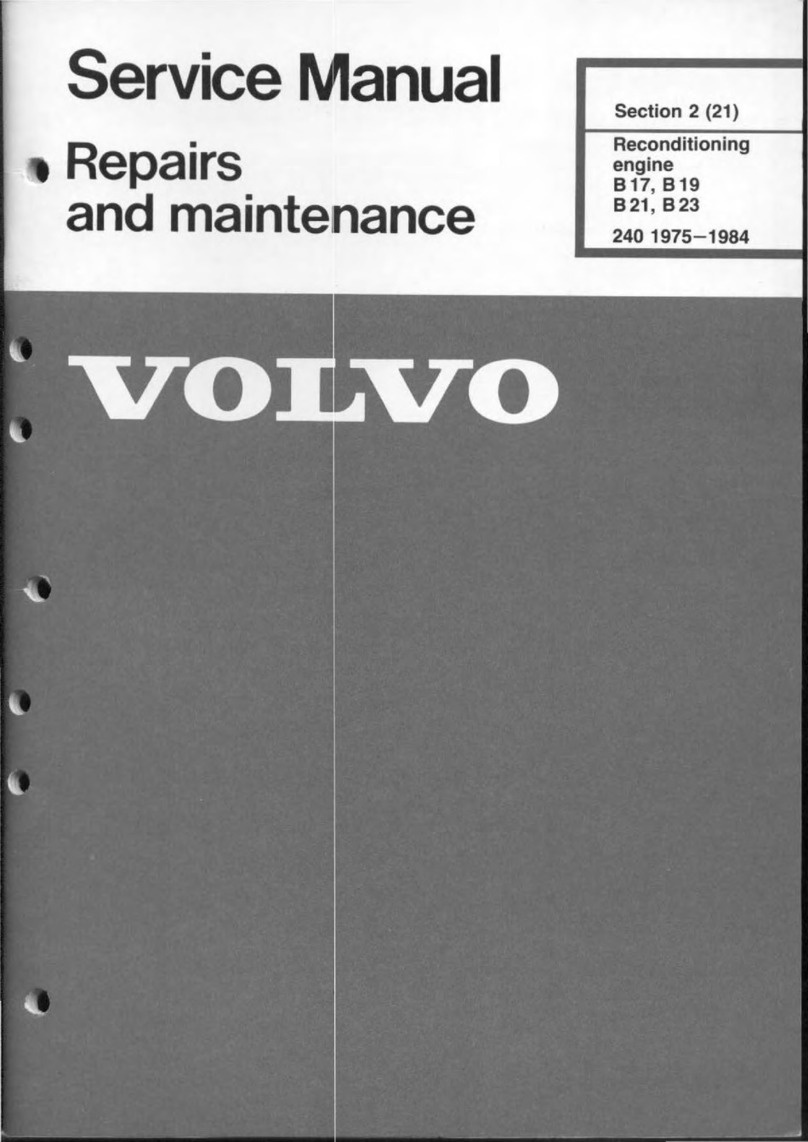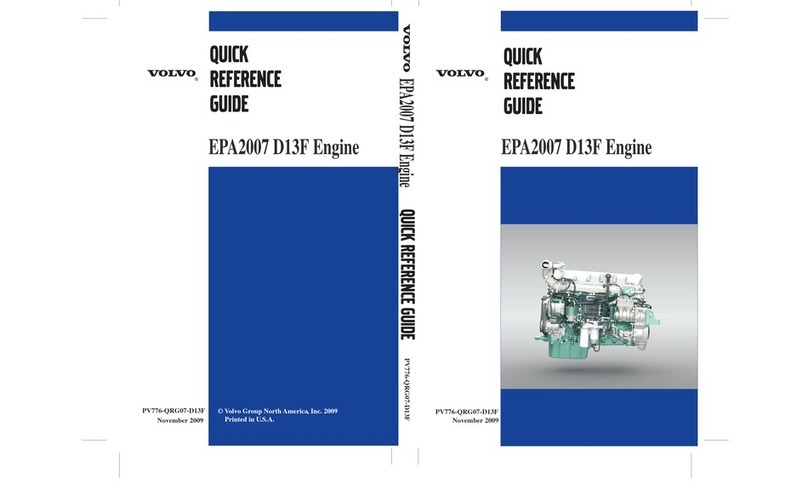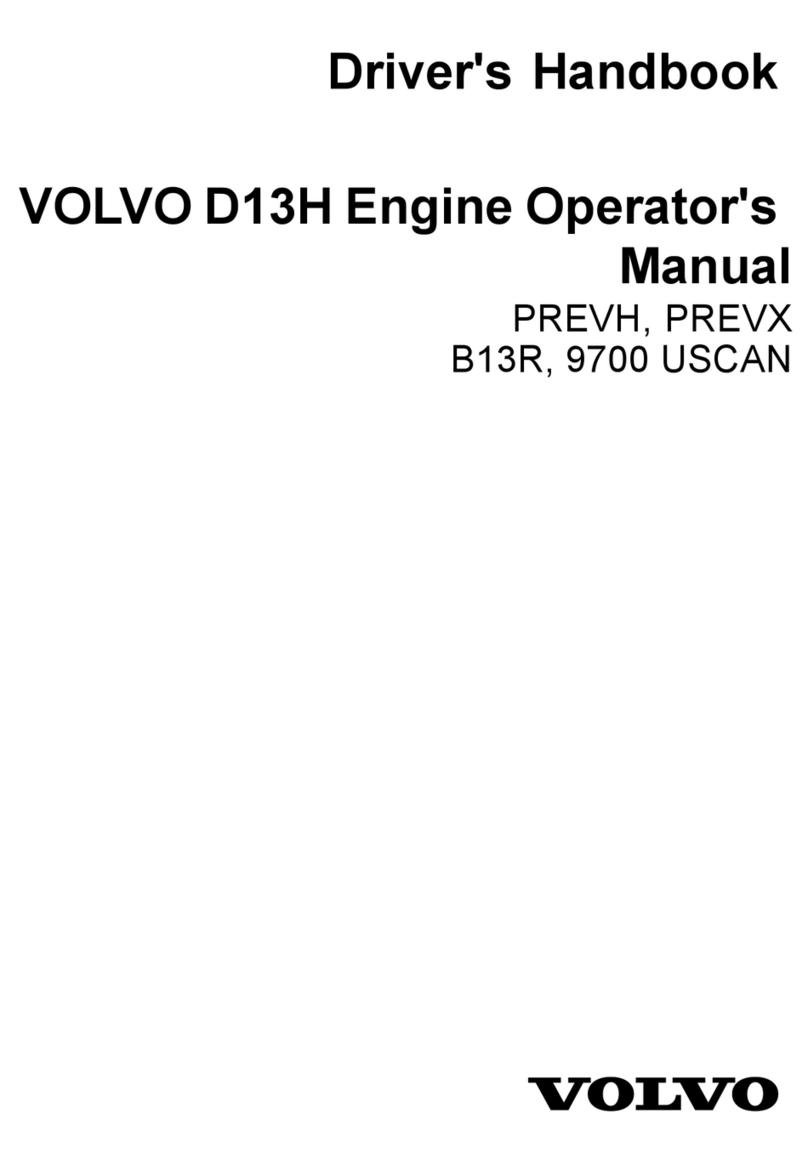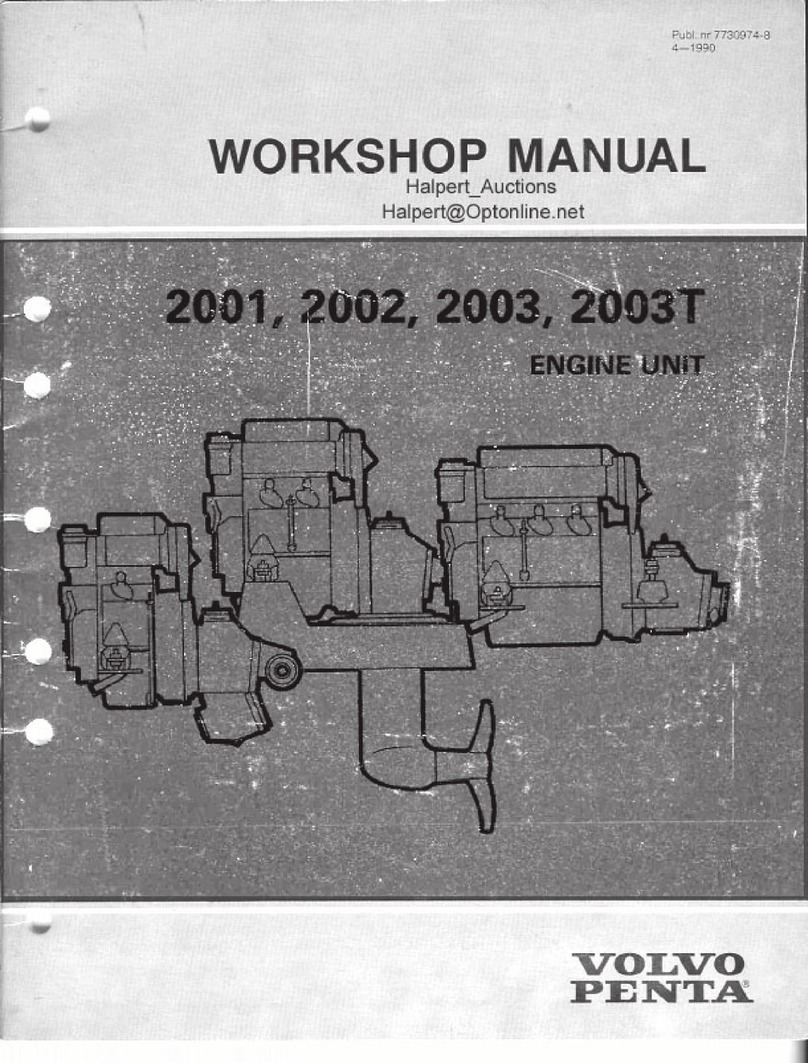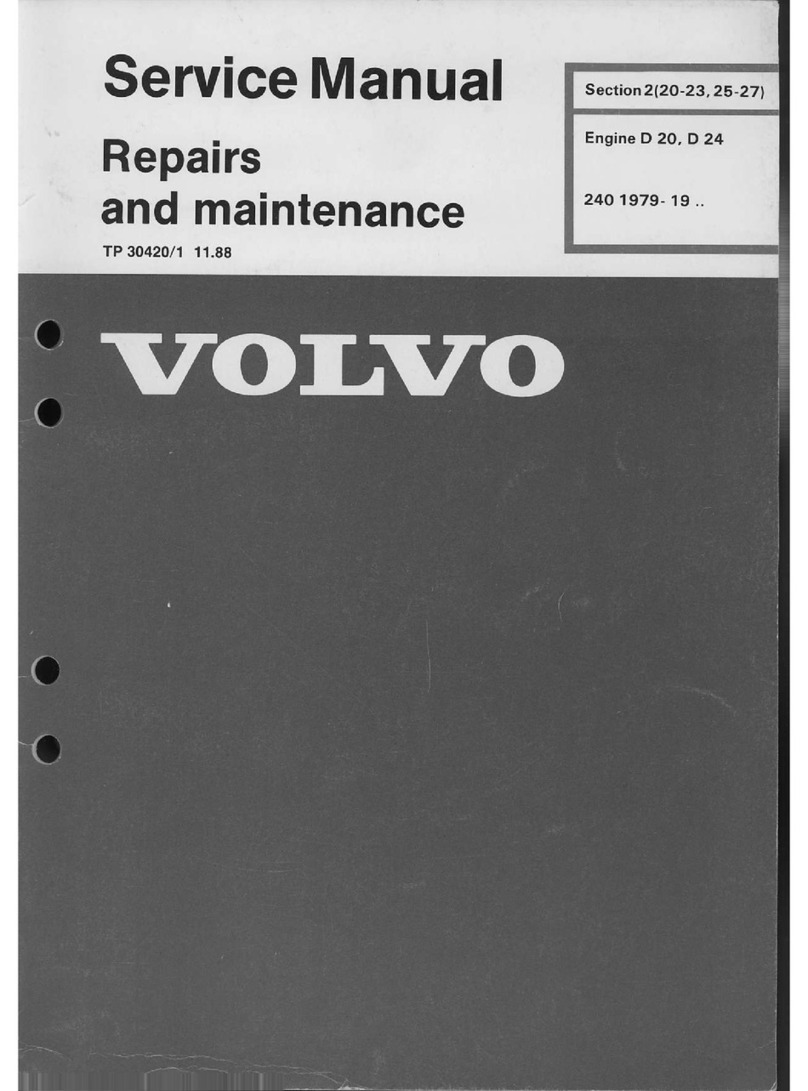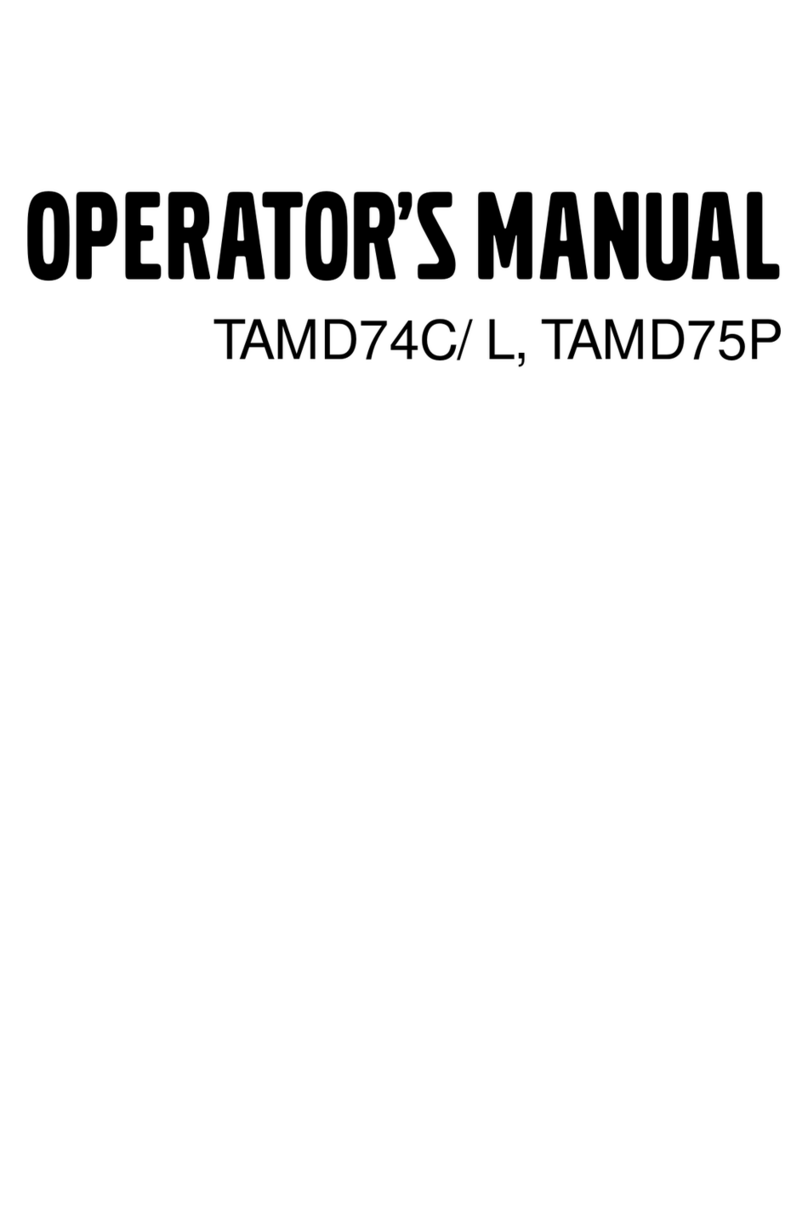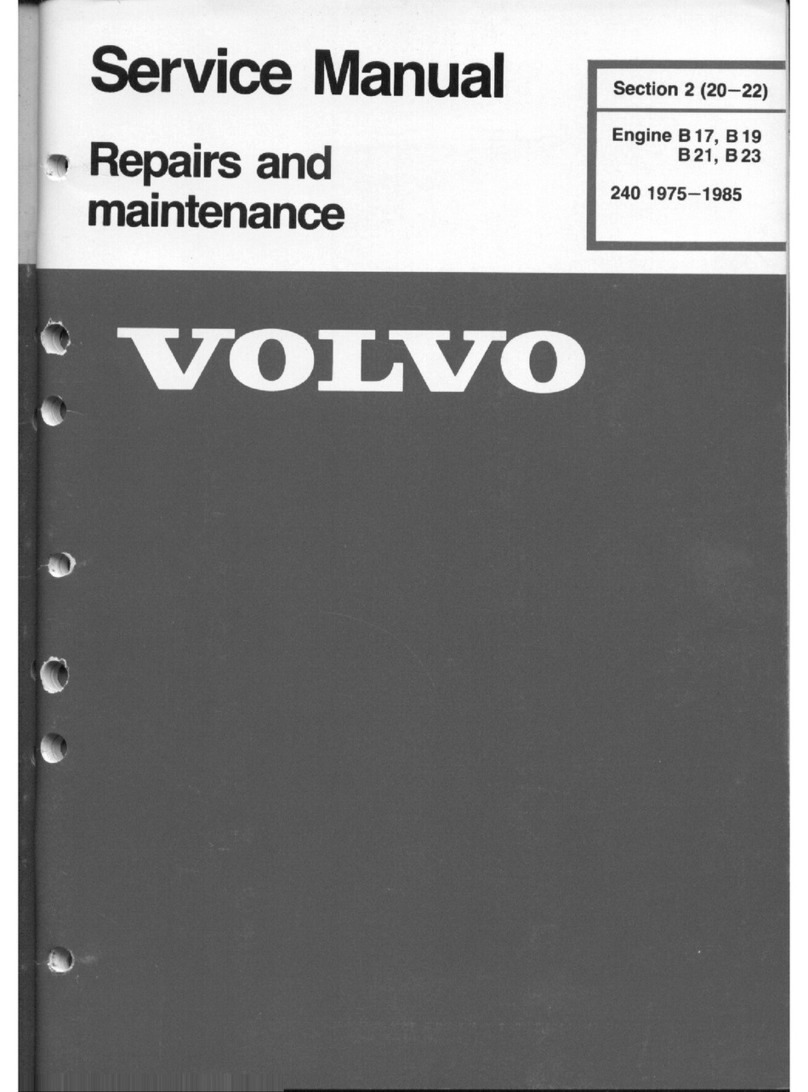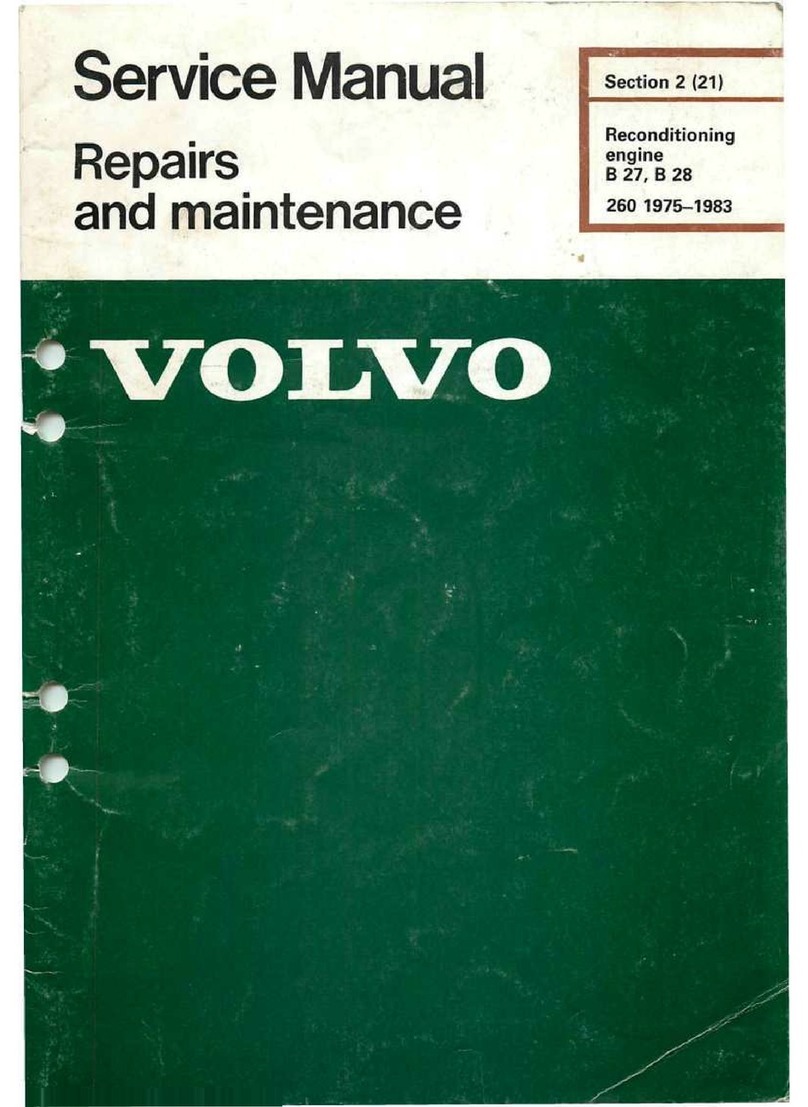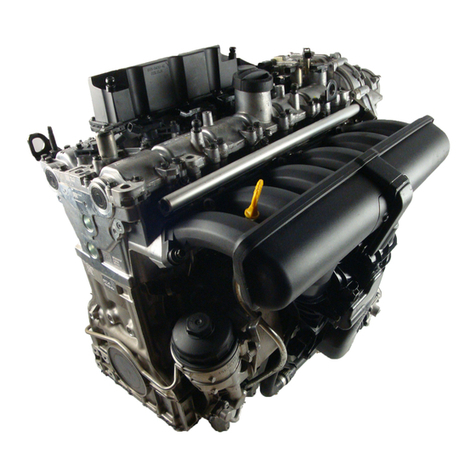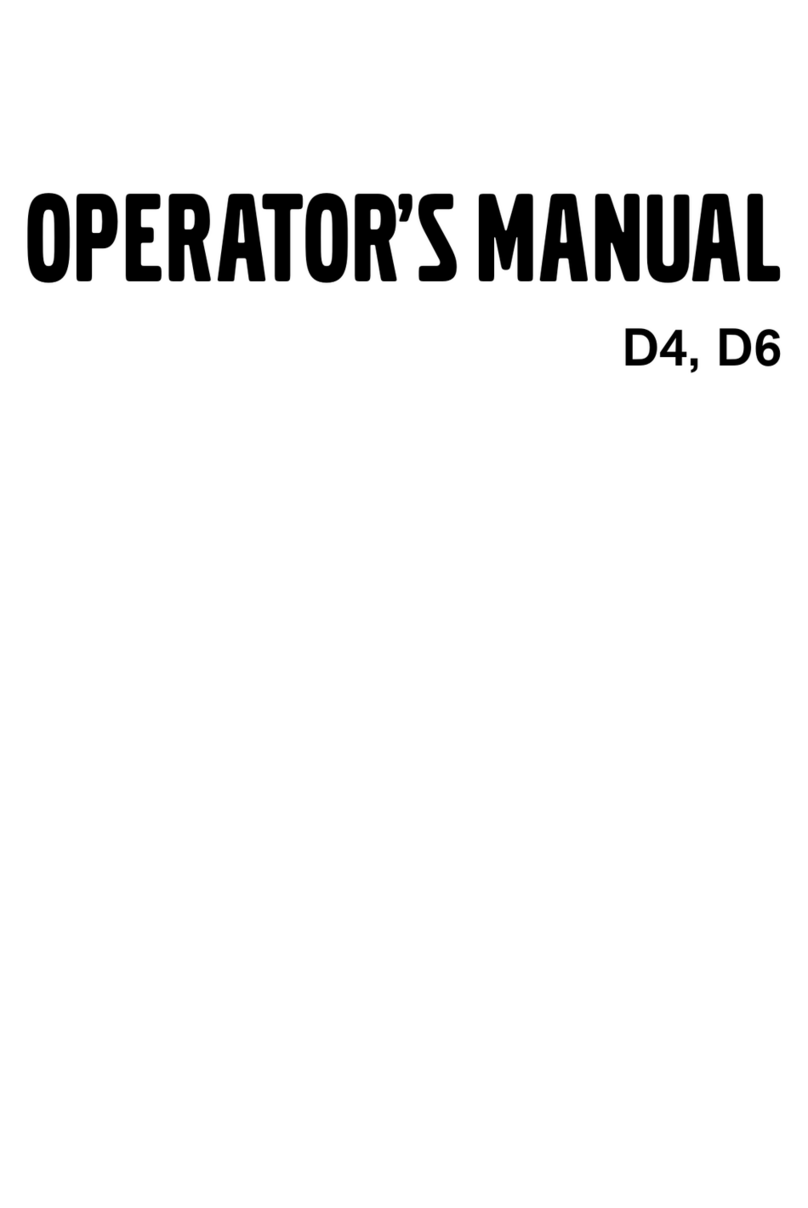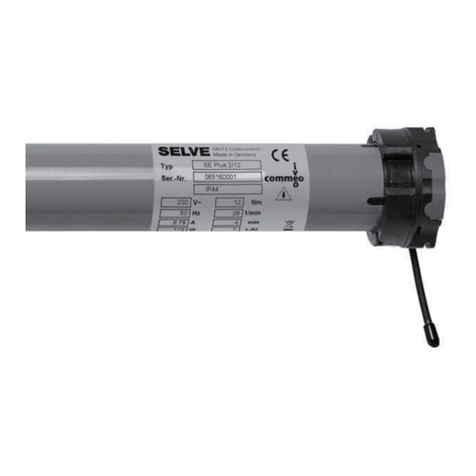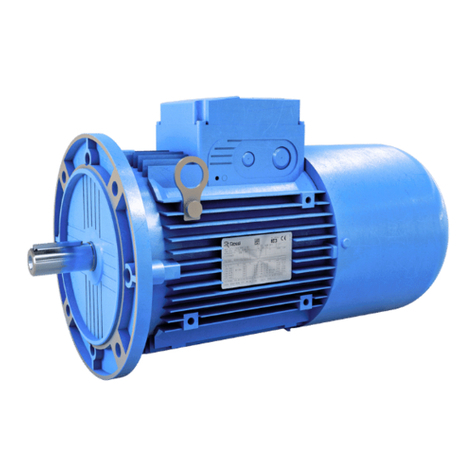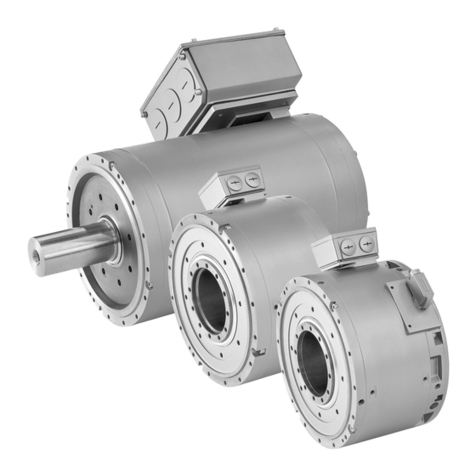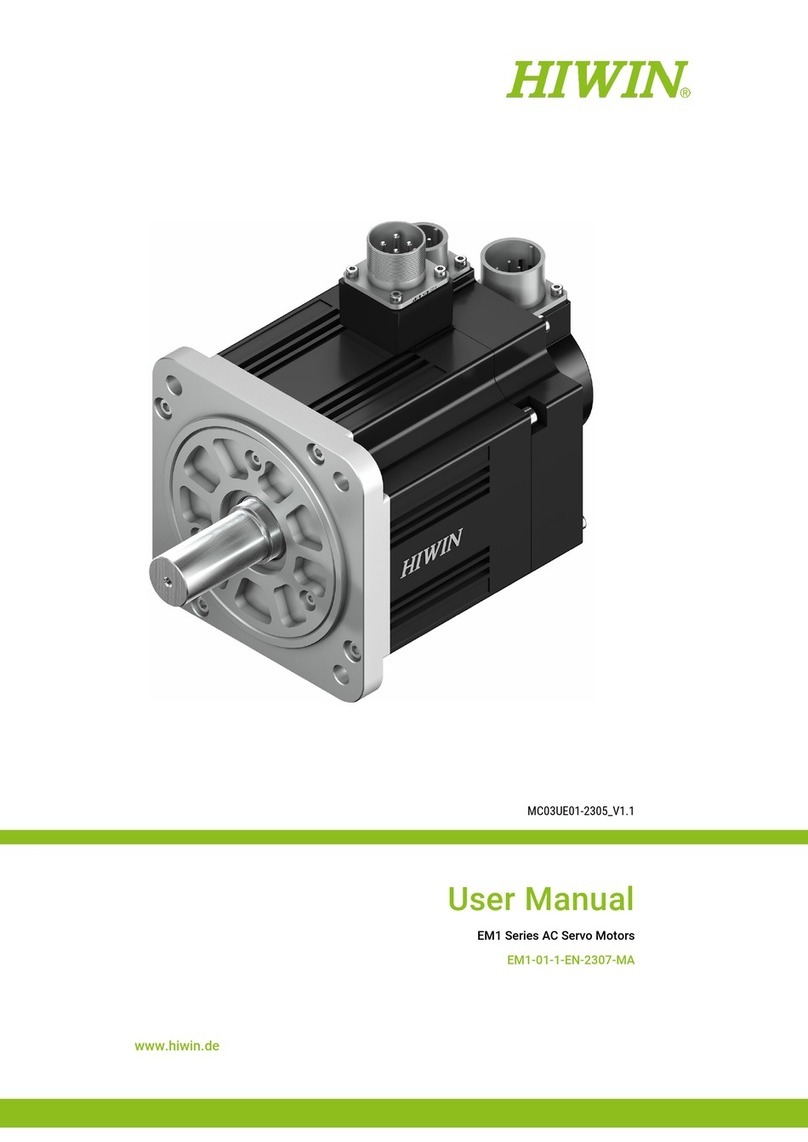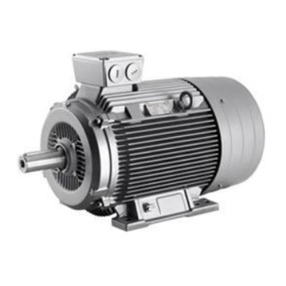
Content
General Information .................................................................................... 2
Engine control interface ............................................................................. 4
CAN bus interface .................................................................................... 4
OEM interface ........................................................................................... 5
CAN bus termination ............................................................................. 10
Source addresses .................................................................................. 11
Power-up sequence ............................................................................... 12
Start ......................................................................................................... 13
Stop ......................................................................................................... 14
Power-down sequence .......................................................................... 15
Speed control ......................................................................................... 16
TSC1 control ........................................................................................... 19
Governor mode select ........................................................................... 20
Restored operation ................................................................................ 22
Communication ......................................................................................... 23
J1939 Backbone 1 (BB1) - EMS ............................................................ 23
J1587 Power Module Diagnosis ............................................................ 28
Alphabetical index .................................................................................... 31
47706587 05-2015 © AB VOLVO PENTA 1

